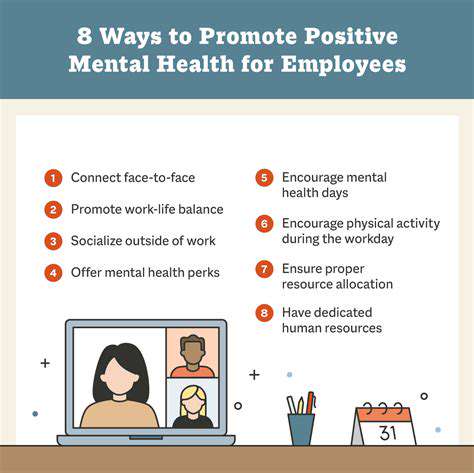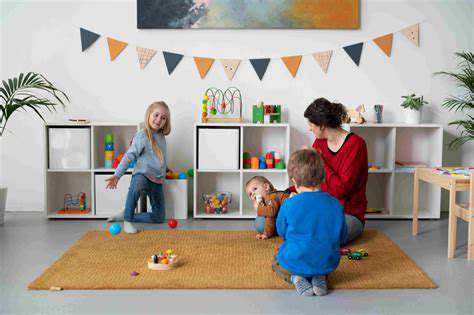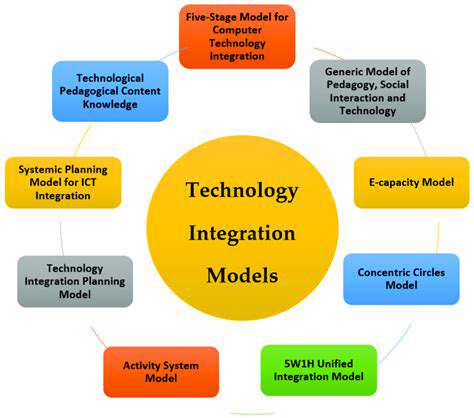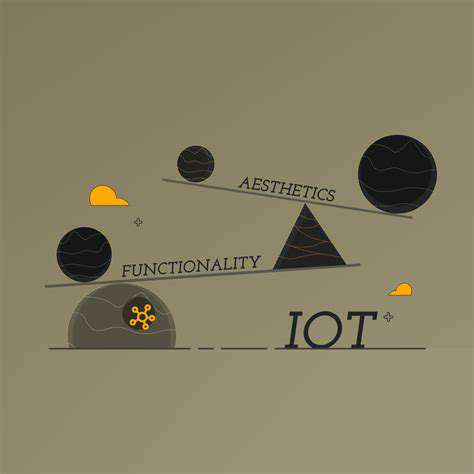Study Room Layout Ideas That Optimize Both Work and Reading Areas
Furniture should serve dual purposes whenever possible. That bookshelf? Make it deep enough to hold supplies. The desk? Include drawers for hidden storage. Clutter is the enemy of focus, so design with organization in mind from the start.
Incorporating Functionality
Think like an architect with limited space. Wall-mounted fold-down desks save square footage, while floating shelves keep essentials within reach. Always include power access—whether through cleverly placed outlets or a sleek surge protector built into the desk.
Task lighting deserves special consideration. An adjustable-arm lamp lets you direct light exactly where needed, especially during late-night study marathons. These practical touches separate adequate spaces from exceptional ones.
Adding Personal Touches
This is where your space becomes uniquely yours. A small succulent, a framed postcard from your favorite museum, or a bulletin board with inspiring quotes—these elements spark joy and motivation. They transform a utilitarian corner into somewhere you want to spend time.
Consider texture too: a woven desk mat, a knitted throw over the chair, or tactile book covers stimulate the senses in subtle ways that boost creativity.
Lighting for Productivity
The right lighting setup mimics nature's rhythm. Position your desk to catch morning light, supplement with 4000K LED bulbs for daytime focus, and add warmer 2700K lighting for evenings. Dimmable options are worth every penny—they let you adjust for different tasks and times of day.
Storage Solutions for Organization
Think vertically and modularly. Pegboards with customizable hooks, stackable acrylic drawers, and magnetic strips for metal supplies maximize every inch. A place for everything means no time wasted searching—critical when you're in the study zone.
For visual learners, open shelving with color-coded bins works better than closed cabinets. The key is creating systems that match how your brain naturally organizes information.
Optimizing for Different Tasks
Versatility is king. A height-adjustable desk accommodates both seated work and standing breaks. Keep a lap desk nearby for when you want to shift to an armchair. Mobile furniture like rolling carts adapt to changing needs—today it holds textbooks, tomorrow art supplies.
Consider acoustic panels or a room divider if your space needs to multitask as both study area and occasional guest room. Flexibility ensures your investment continues serving you as needs evolve.
Designated Zones for Work and Reading
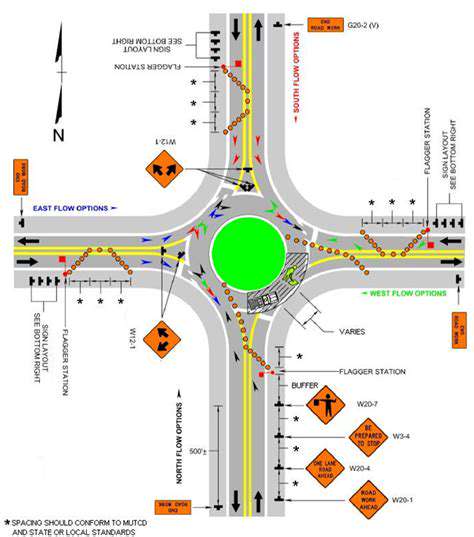
Designated Work Zones
Creating distinct work areas trains your brain to enter focus mode. The psychological power of spatial boundaries shouldn't be underestimated. Even in small spaces, visual cues like a different rug or wall color can signal work mode.
Ergonomics make or break these zones. Monitor arms that bring screens to eye level, keyboard trays that maintain neutral wrists, and footrests for proper leg angle—these details prevent fatigue during long sessions.
Designated Reading Zones
Reading spaces thrive on contrast to work areas. Where work zones emphasize alertness, reading nooks should whisper relaxation. A high-backed wing chair creates a cocoon effect, while a small side table holds tea and glasses without encroaching on elbow room.
Lighting here should be warm and directional—think adjustable floor lamps that pool light exactly where you need it. Adding a textured throw and lumbar pillow invites you to settle in for chapters at a time.
Optimizing Space for Both Tasks
The magic lies in transitional elements. A console table behind your reading chair can display decor but also hold a laptop when needed. Room dividers with shelves provide separation without sacrificing light—the shelves hold books facing both zones.
Storage should serve dual purposes: beautiful baskets hide work supplies during leisure time, while charging stations tucked into side tables keep devices ready without visual clutter.
Ergonomics and Comfort in Designated Zones
Every zone needs its own ergonomic strategy. Work chairs prioritize posture support, while reading seats emphasize plush comfort with proper neck support. Anti-fatigue mats in standing areas and memory foam seat cushions for long sits show how details matter.
Lighting follows function too—task lights with adjustable color temperatures for work, warmer dimmable options for reading. The right tools in each space prevent physical strain and mental fatigue.
Maintaining Focus and Productivity in Designated Areas
Rituals reinforce zone purposes. A specific playlist for work time, a particular scent diffused during reading—these sensory cues help your brain switch modes. Physical boundaries matter too; even a line of washi tape on the floor can subconsciously reinforce this is work space.
Technology boundaries prove equally important. Keep work devices out of reading zones, and vice versa. This separation preserves each area's psychological purpose and prevents task creep.

Ergonomic Furniture and Comfort for Long Study Sessions
Choosing the Right Desk
The perfect desk adapts to your body, not vice versa. Look for depth (at least 30 inches) to prevent monitor crowding, and consider L-shaped designs if you frequently reference physical materials. Water-resistant surfaces withstand coffee spills during late-night cram sessions.
For small spaces, wall-mounted desks with fold-down leaves maximize room when needed. Always test the desk at your intended chair height—your elbows should form a 90-degree angle when typing.
Chair Selection for Optimal Support
A true ergonomic chair adjusts in at least five ways: seat height, depth, backrest height and angle, and armrests. Mesh backs breathe better during long sessions, while waterfall seat edges improve circulation. Don't overlook casters—dual-wheel versions glide smoothly on both carpet and hardwood.
Consider your specific needs. If you're petite, look for chairs with adjustable seat pans. Taller users need higher backrests. These personalized fits prevent the slouching that leads to back pain.
Importance of Proper Lighting
Lighting should be layered and dynamic. Overhead fixtures provide general illumination, while task lights with adjustable arms eliminate shadows. Position lights to avoid screen glare—usually to the side rather than directly in front.
Smart bulbs that adjust color temperature throughout the day help maintain circadian rhythms. Morning blue light boosts alertness, while evening amber tones signal relaxation—critical for students balancing study and sleep schedules.
Storage Solutions for Organized Study
Effective storage acts as an extension of your thought process. Open trays for active projects, closed bins for archived materials. Vertical file sorters keep frequently referenced papers within arm's reach without consuming precious desk real estate.
For digital organization, designate specific drawers for charging cables and adapters. Label makers aren't just for offices—clearly marked supplies prevent frustrating searches during timed exams.
Creating a Comfortable and Motivating Atmosphere
Your environment should energize without overwhelming. Live plants do double duty—they purify air and provide visual rest stops for tired eyes. Rotate inspirational artwork seasonally to prevent visual fatigue.
Consider all senses: a small fountain provides calming white noise, while textured elements like wood grain or woven baskets add tactile interest. These layered details create a space that feels good to inhabit for hours on end.

